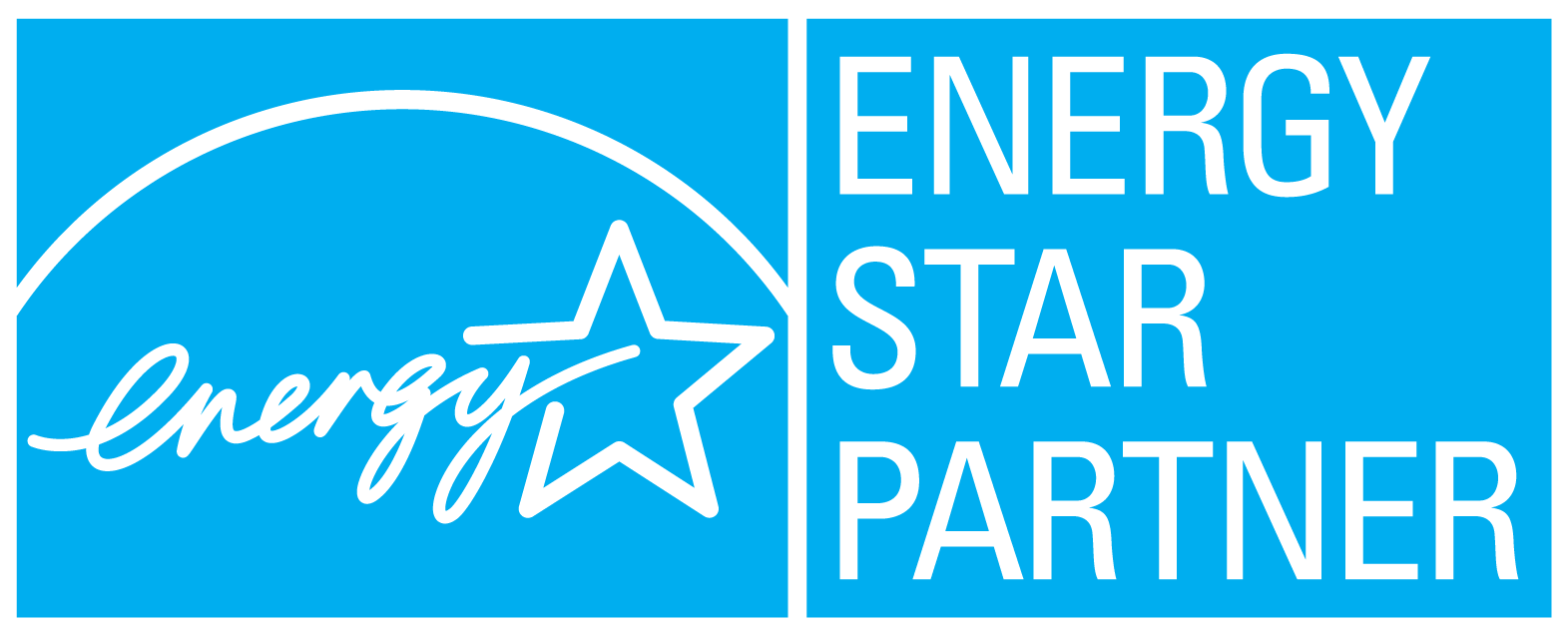
kW/Demand: What is it and Why Should I Care?
Lower Electric is committed to bringing businesses affordable and reliable energy solutions, and part of that requires helping our clients understand the technical aspects of what we do. We believe that the more you know about using electricity, the better equipped you’ll be to save on your energy-related expenses and maintain a level of efficiency that’s right for you. Educating yourself on what demand is—and why it matters—is an excellent place to start.
Defining electric demand
kW (kilowatt), often called Demand, is the maximum amount of electricity used in a specific period of time, usually an hour. Think of kW as an elastic pipe. The larger the pipe’s diameter gets during one hour, the higher the kW. Most utility companies charge for kW based on the fattest the elastic pipe gets during the month.
Every month, the meter, or pipe, resets at zero. If everything that runs on electricity is turned on all at once, the elastic pipe will stretch to accommodate all the electricity needed to power every piece of equipment. Even if very little electricity is used for the rest of the month, there will be a large demand charge, based on the fattest the pipe got during the month.
Many companies use ‘peak shaving devices’, which prevents all equipment from being turned on at once. The relationship between the monthly Demand, kW, and the monthly usage, kilowatt hours or kWh, is called ‘Load Factor’. Load Factor is represented by a percentage and represents how efficiently electricity is used.
For instance, an apartment building with no electricity usage except hallway lights that remain on all day, every day, would have a load factor of 100%; its pipe would always be 100% full. Conversely, an apartment building with no electricity usage except hallway lights that were all off for 12 hours of the day and all on for twelve hours of the day would have a 50% load factor.
The elastic pipe would stretch to its widest point and stay on for 50% of the day. The pipe would remain at that size, even though no electricity would flow through it while all the lights are off. The higher the percentage of the load factor, the more efficient a company’s energy usage is. The more efficient your electricity usage is, the less money that electricity costs.
How Demand control can help you save energy
It’s possible to manage and control demand through manual controls, time clocks, or even automatic units; but the best way to manage demand in your average commercial building may surprise you. Rather than focus on the electric system in place, you’ll want to take a look at your commercial building. Having a building equipped with adequate thermal design, including construction, windows, and ventilation system design and size, is one of the simplest ways to limit demand. With good thermal design, you can opt for smaller, more cost-effective heating and cooling equipment.
Now that you know a little more about electricity and how it’s rated and priced, you can better ensure your commercial building and business are as energy efficient as possible.



